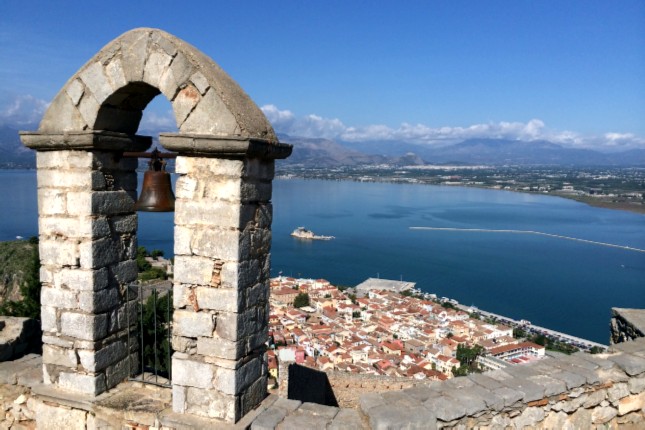The ‘thumb’ of the Peloponnese is filled with small villages by the sea and in the mountains, stunning nature, enticing beaches and coves, and Mycenaean and ancient monuments around every corner. Separating the Gulf of Argolis and the Saronic Gulf, it is one of Greece's richest regions in beauty and history. The Argolis region was the cradle of Mycenaean civilization - the most powerful kingdom in ancient Greece - and the birthplace of legends, heroes and demigods.
Explore Nafplio
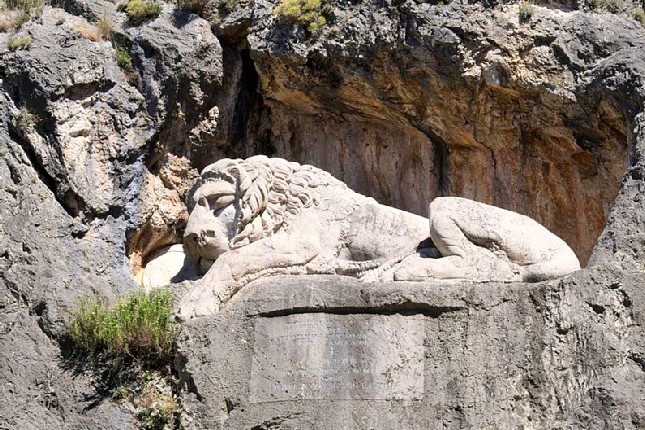
Nafplio is located on the innermost part of the Argolis Gulf, approximately 145 kilometers from Athens. It is the capital of Argolis and is the gateway to the eastern Peloponnese. Nafplio is considered one of the most beautiful and picturesque cities in the country and was the first capital of the free Greek State. According to legend, the city was founded by Nauplius. Its passage over the different periods of history is captivating, as you visit the Archaeological Museum, the Peloponnesian Folk Institute, the Church of St Spyridon where Ioannis Kapodistrias, the first governor of Greece, was murdered, and the Lion of Bavaria which is carved into the natural rock.
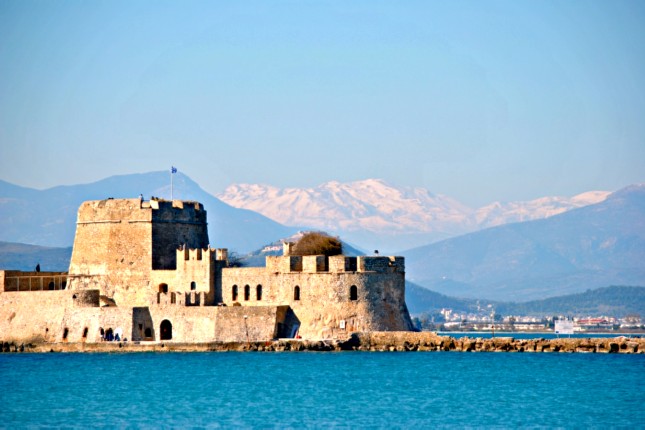
The harbor of Nafplio is bordered by the lighthouse and Bourtzi Castle, built on the islet of Agioi Theodoroi, where there is also the homonymous Byzantine church. On the east side of the city and above its center, on the homonymous hill of 216 meters, is the castle of Palamidi. The fortress of Acronafplia, with three different castles, is the oldest in the city. Walking through the picturesque streets of the old town of Nafplio, under the shadow of Acronafplia, you will see the entire modern history of the country unfold in front of you as a large colorful mosaic. Neoclassical buildings, fountains, squares, churches, mosques, and museums with endless treasures wait for you every season of the year for a historic and nostalgic journey to knowledge.
Nafplio’s privileged location makes a good base for exploration since the city allows for easy access to Argos, Mycenae, The Sanctuary of Asclepius and Epidauros.
Explore Argos
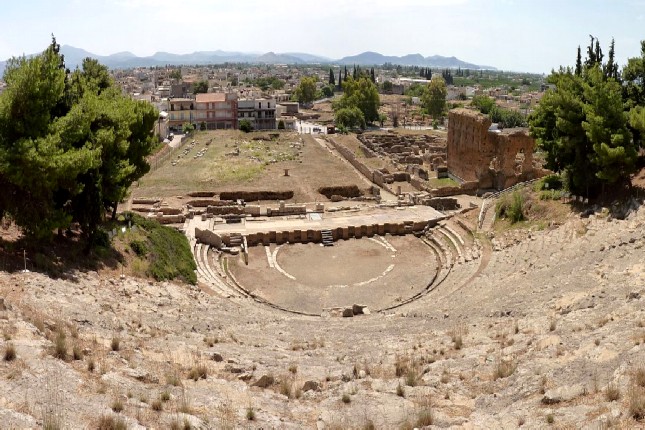
Argos is the oldest continuously inhabited city in Europe and the largest city of the prefecture of Argolis. The 2nd largest city in the Peloponnese is quite modest despite its glorious history. Its centuries-old history is reflected in its many magnificent archaeological monuments, which make it an outdoor museum.
It is full of neoclassical buildings, sidewalks, beautiful souvenir shops, ouzerie, cafés, and traditional tavernas. On its central square, Agios Petros (Saint Peter) Square, there is an artificial lake around the homonymous church and a network of charming pedestrian streets that start from there. The Barracks of Kapodistrias, the Municipal Neoclassical Market, the Ancient Theater, the Nymphaeum, the Roman Odeon with its palaestra and the Archaeological Museum are some of the "must-sees" of Argos.
Explore Ancient Mycenae
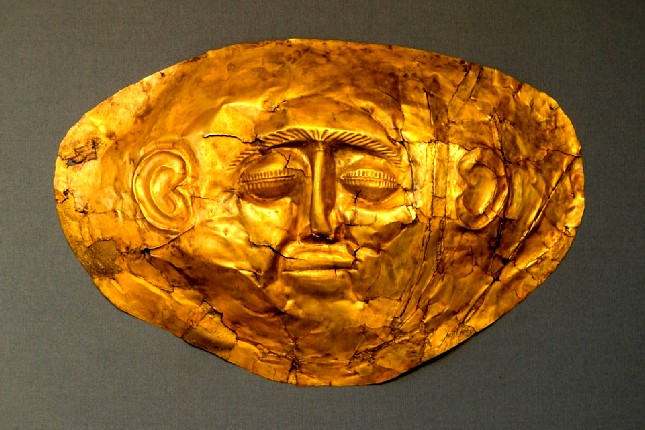
The spectacular remains of ancient Mycenae, which according to legend was founded by Perseus, are on a rocky hill between Profitis Ilias and Mount Sara. Mycenae is perhaps best known in mythology as the city of King Agamemnon, the son of Atreus. Agamemnon led the expedition against Troy during the Trojan War, which Homer accounted in his epic poem the Iliad. Enough of the ancient citadel remains for visitors to imagine how magnificent it must have been in its heyday. Gigantic Cyclopean walls surround the palace and its accompanying structures which blanket most of the hill. Outside the central fortified city, down the road toward town, several impeccably preserved tholoi tombs, the “Treasury of Atreus”, clearly show the architectural expertise of the Mycenaeans. The ruins date from 1280 BC, when the city was the center of a vast Mycenaean Empire. The relics unearthed here are considered among the most celebrated archaeological discoveries in modern history, including countless jewels and the famous Mask of Agamemnon. As a result, many have been taken to the National Archaeological Museum in Athens. Mycenae was recognized as a UNESCO World Heritage site in 1999.
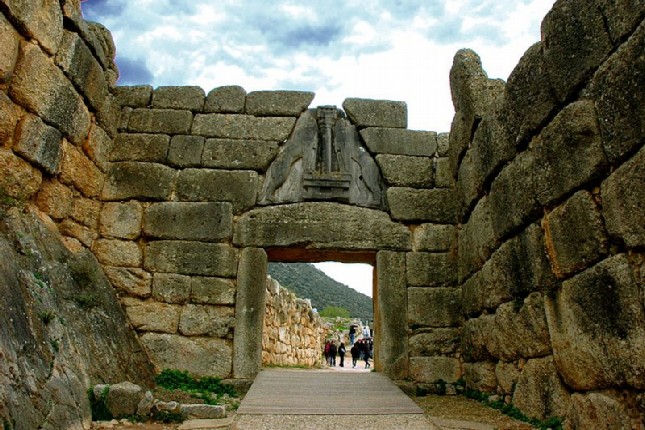
Today the archaeological site hosts a number of impressive structures that awe with their size and elegance and will travel you back to mythical and glorious times. Follow the steps of the Atreides to admire the "Lion Gate" where two confronting lions are carved in stone relief, surrounded by the imposing “cyclopean walls”. The main area is dominated by the well-preserved royal courtyard, the main palace ("Palace of Atreides") and a number of building sites which were probably private houses. The archaeological finds in these sites prove the close connection between the Minoan and Mycenaean art, as a number of frescoes and mosaic decorations, belonging to an earlier Cretaceous style, were found.
Explore the Sanctuary of Asclepius
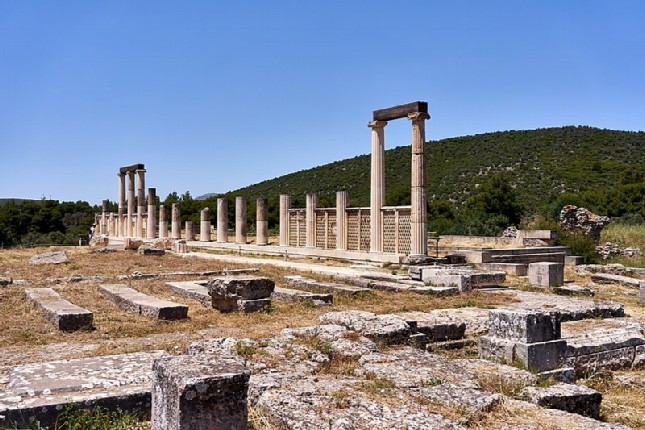
The sanctuary of Asclepius with its healing waters is located between the Titthio and Kynortio hills. For many centuries it has been a cult, cultural and political center of enormous radiation. Here, the king of Epidauros Malos established a sanctuary for the god Apollo Maleatas and then his granddaughter Coronis gave birth to Apollo’s son, the god Asclepius. Thousands of patients passed through the gates of this sanctuary to be healed by the god Asclepius. Walking through this sacred site you will find the baths the gymnasium, the tholos, the abaton, the palaestra, the stadium, the "Temple of Asclepius", and many other monuments. A little further along is the famous Epidauros Theater, an architectural masterpiece.
Explore the Epidauros Theater
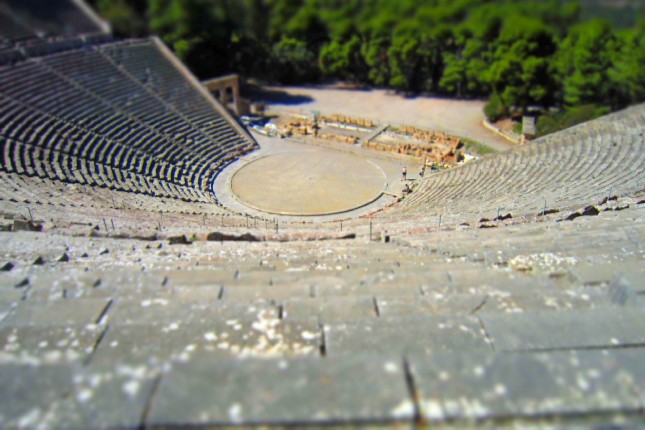
Passing through the entrance of the sanctuary of Asclepius and walking in the footsteps of the great poets, you will find the exquisite and elaborate Theater of Epidauros, the best preserved of all Ancient Greece, amphitheatrically built on the west side of mount Kynortio.
The Ancient Theater of Epidauros, renowned for its perfect acoustics, its absolute symmetry and its complete harmony with the natural landscape, has been described as the largest and most beautiful "stone amplifier" in the world. This theater was built in the mid-4th century BC by the great architect Polykleitos and was originally intended for music, song and ancient drama performances, in the context of the worship of Asclepius. In the mid-2nd century BC, the main theater was expanded, and its capacity reached about 14,000 seats.
The Argolis peninsula, situated on the ‘thumb’ of the Peloponnese, is steeped in legend and history. The region was the foremost seat of power of the Mycenaeans which dominated Greece from 1500 to 1200 BC. Traces of this mighty civilization lie scattered across the region in the shape of tholoi, citadels and ancient theatres. Explore the surrounding countryside beginning with the Venetian seafront town of Nafplio which makes an accessible base for it all and popular holiday destination all year round.
Nafplio Tours & Shore Excursions

